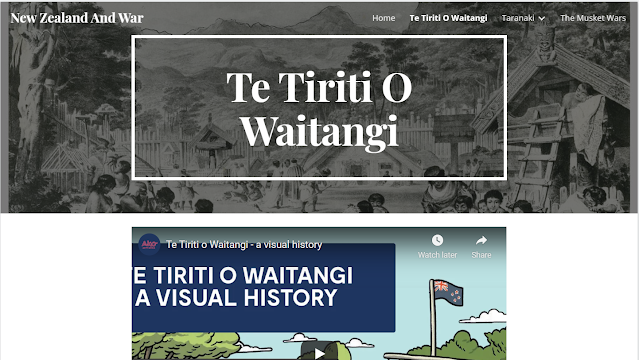Reflective entry 4: State the research question(s), and explain how the question(s) have been developed and how they relate to a Kaupapa Māori approach to knowledge gathering and community priorities
Questions:
How can I use virtual reality to engage my students in developing digital outcomes to promote and preserve cultural identity?
How can I partner with the kura, kaiako and ākonga, to develop a localised digital curriculum that celebrates our students and place?
I want to focus my research question around building partnerships for the success of Māori learners, and using digital tools for developing digital outcomes. Māori learners, I believe hold a significant role in reshaping the information that is disseminated online. I want to encourage my Māori learners' knowledge and protocols and traditional learning frameworks, to seek inclusiveness within the curriculum.
“We see curricula as more than simply program content, and embrace concepts of “knowing, acting, and being” (Barnett and Coate, 2005, p. 3) for the 21st Century learner” (Goode et al., 2018, p.397).
Acknowledging the principle of āta - growing respectful relationships, developed by Pohatu (2005), I am hoping that ākonga know that their identity and place of standing is respected and valued. By building reciprocal relationships, potentially, the students will engage with the learning opportunities that I share with them, and by working together, we will see the success for all (Rautaki Ltd, N.D.).
Kaupapa - the principle of collective philosophy, referring to a collective vision, aspiration and purpose for Māori communities (Rautaki Ltd, N.D.). For the success of ākonga, I need to align my curriculum with a shared vision for the Māori community that our learners are a part of. If I am teaching skills and content that is irrelevant to the success and opportunities of the learners, then I risk my learners becoming disengaged and creating a further digital divide.
Technology has transformed the world, and will continue to do so at rates that we can not necessarily prepare the learners for. But providing the next generation with 21st Century skills, to build resilience, curiosity and understanding of information technology, will hopefully prepare them for the challenges and opportunities that they will face in the future. Information Technology is one of the leading professional industries that are available for future employability. By not promoting information technology as a viable option, and not providing the skills necessary to be contender in this field, we are doing students a disservice.
“In a world experiencing rapid change, and where cultural, political, economic, and social upheaval challenge traditional ways of life, education has a major role to play in promoting social cohesion and peaceful coexistence. . Through programs that encourage dialogue between students of different cultures, beliefs and religions, education can make an important and meaningful contribution to sustainable and tolerant societies.” (UNESCO, 2007)
Developing curriculum together as a response to students needs and aspirations for their futures is a crucial part in promoting success and value for the students. When they understand why they are doing something, they will potentially be more open to learning the skills necessary to fulfill the learning task. These skills will then go on to serve the students by allowing opportunities to build resilience to create digital outcomes that have a purpose, an audience and longevity in their educational and future professional careers.
I want to blend tradition and technology within my practice. To acknowledge and promote our place of standing and foster intercultural understanding and education (Resta & Laferriere, 2015, p 743). Through using Google Street view to take 360 degree photos, in conjunction with Seekbeak, creating virtual reality tours through parts of our whenua with traditions and stories, history told by our ākonga, collaboration with local iwi, I hope that the students will develop an appreciation for the important role technology can play in celebrating who they are and making sure that their culture is preserved for generations to come.
Ka mahi tahi mātou
Kia ohoka te pitomata hai puananī
We will work together
In order to awaken the potential to freely travel in any chosen direction.
Ōhoka School Whakatauākī
References:
Barnett, R., & Coate, K. (2005). Engaging the Curriculum in Higher Education. Maidenhead: Open University Press.
Goode, C. A., Hegarty, B., & Levy, C. (2018). Collaborative Curriculum Design and the Impact on Organisational Culture. Association for Educational Communications & Technology. https://doi.org/10.1007/s11528-018-0268-7
Resta, P., & Laferriere, T. (2015). Digital Equity and Intercultural Education (Vol. 20:743-756). Springer Science+Business Media, New York. 10.1007/s10639-015-9419-z
UNESCO. (2007). UNESCO Guidelines in Intercultural Education. UNESCO. http://unesdoc.unesco.org/images/0014/001478/147878e.pdf


Comments
Post a Comment